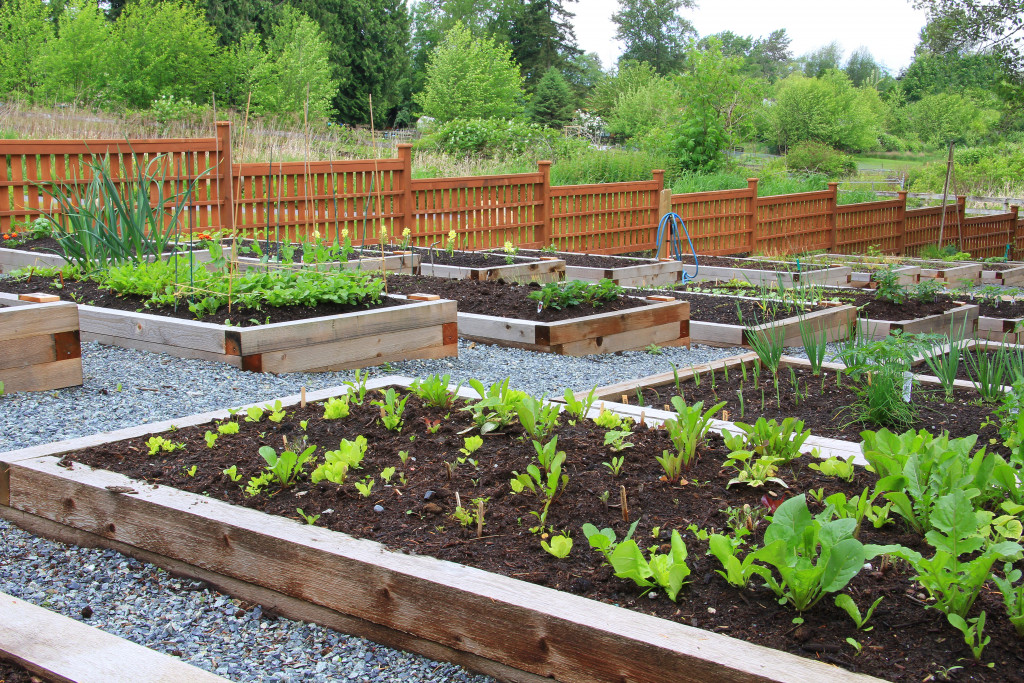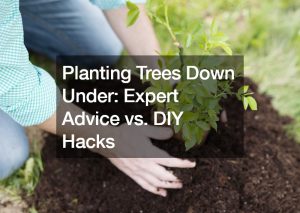Whether you’re an avid home gardener or not, starting an edible garden in your yard is absolutely a worthy investment of time and effort. Compared to other types of gardens, this gives you access to better tasting food. Since you’ll be harvesting fresh vegetables or fruits, you get to enjoy their authentic flavors, colors, and shapes. Plus, the food will be free of toxic chemicals, which is better for you and your family’s health.
Edible gardens are not only beneficial for your health but also to your pocket. With vegetables and fruits costing up to 50 percent more in the public market, you can save more money if you plant and grow them. It might mean a lot of work, but the financial savings can be rewarding. And since you don’t use artificial fertilizers, pesticides, or chemicals, you get to minimize your environmental impact too. Read on to find out how you can start an edible garden at your own home.
1. Check the Location and Light
The first thing you need to consider is where your fruits and vegetables will get the right amount of sunlight they need. For instance, peppers and tomatoes ideally need full sunlight or at least six to eight hours of sunlight. At the same time, you need to consider the amount of horizontal and vertical space you’ll need for the edible garden. If you have a big space, you can use huge modern steel planters or galvanized troughs for a farmhouse aesthetic. Alternatively, you can visit your local hardware store to buy lumber planters. If you have limited space, you can get plant pots from local nurseries.
2. Choose Your Plants
One of the crucial parts of growing your edible garden is choosing the right plants. It doesn’t matter if they are different in terms of growing habits, textures, or colors. However, you’ll need to consider what vegetables, fruits, or herbs are edible for you and are easy to grow if you’re a beginner. There are edible flowers that you can use as stunning garnishes for salads and meals. These include carnations, daylily, Angelica, nasturtium, daisy, calendula, and rugosa roses.
If you want to add spice to your garden and fun flavors to your food, you can plant some herbs. Some of the best options are garlic, basil, rosemary, chives, and parsley. Ornamental vegetables are great accent pieces for an edible garden. A few of the great varieties you can try are scarlet runner bean, red cabbage, kale, squash, rainbow chard, peppers, tomato, and strawberry.

3. Learn How to Nurture Your Garden
The next thing you need to learn is how to nurture your plants. Many gardeners opt to use small containers to grow their seeds rather than going straight to the outdoor soil. However, you’ll need to consider the recommended spacing when moving them to the outdoor garden during this delicate stage. It will also be helpful to use a binder to keep a detailed record of daily care tasks, from watering to fertilization.
One basic watering tip is to use common sense. If the weather is hot, water the plants more. If it rains, water the garden every other day. It’s also best to water in the morning, so the compost and mulch get dry during the day. As for fertilizing, you can use store-bought products or compost. If you’re a beginner, organic fertilizer is your best option.
4. Consider Your Furry Friends
Another crucial factor to consider when growing an edible garden is your pets. If you have one in the house, your garden can harm your furry friend. Or the other way around. If you want to protect your prized seedlings and keep your pets safe too, there are several things you need to do.
You can set up fences or barriers to keep your pets out of the garden and prevent them from damaging your crops. You can also build their play zone outdoors to avoid heading out to your vegetable containers. Or better yet, you can enroll them in obedience training to prevent them from being too rowdy. This won’t just keep your pet and garden safe but also ensures cleanliness in your home. Unwanted pet behavior can cause plenty of mess inside and outside the house.
Planting an edible garden is more than just getting quality food, saving more, and helping the environment. This is also a fantastic way to turn your dull yard into a beautifully nutritious garden that your entire family can enjoy. In addition to that, it’s a purposeful hobby that can benefit your body and mind.





